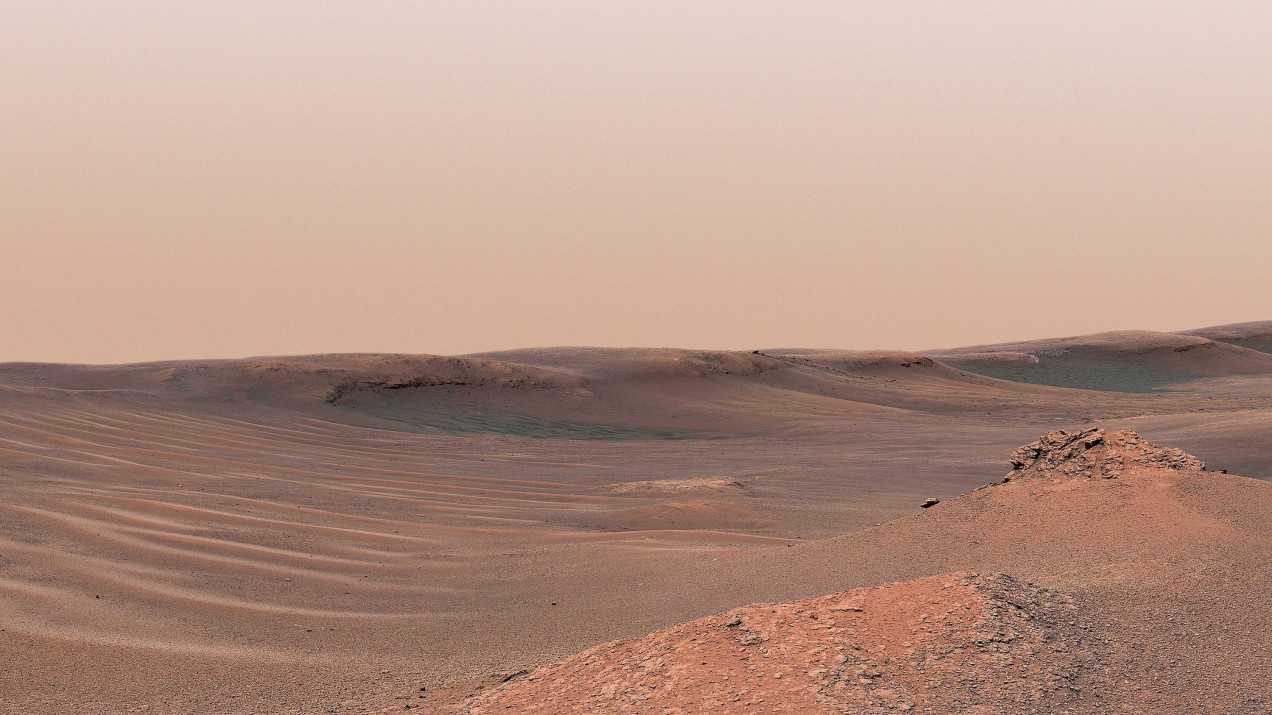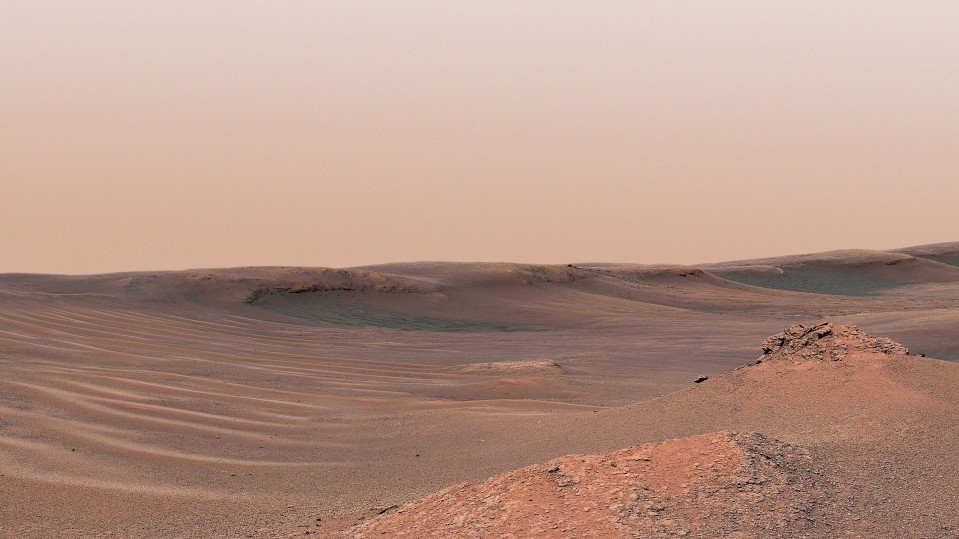

Space / Space Exploration
All the new Mars missions being launched in 2020
China, the US, and the European Space Agency are sending vehicles to explore the red planet. They’ll be joined by a Russian lander and an Emirati orbiter.

Every two years or so, Earth and Mars snuggle close in their orbits. As they near one another, a prime window opens for launching missions to our rusty neighbor, and the next opportunity is near at hand. In the summer of 2020, four space agencies around the world plan to launch pioneering missions. NASA’s Mars 2020 aims to land a rover that will release a small autonomous helicopter. The EU and Russia are sending a joint mission—complete with tiny ovens that will bake small batches of soil in search of signs of life. China and the UAE, meanwhile, are busy preparing what would be their first trips.
If successful, the newcomers will add to the ranks of explorers and scientists chipping away at the planet’s mysteries.
Among those mysteries are the questions on everyone’s mind when they think of the Red Planet. Is there life there? Was there ever? And perhaps most alluring: Could we one day live there?
China Mars Probe
- Owner: China National Space Administration
- Cost: Unknown
- Type: Orbiter and rover
- The first: Chinese mission to Mars
China has a lot on the docket for what it hopes will be its first successful mission to Mars. It’s attempting to orbit the planet, complete a landing, and deploy a rover on the surface. The mission is an escalation of China’s space ambitions after the country landed on the dark side of the moon in early 2019 and invested in a “Mars simulation” camp on the country’s remote Qinghai-Tibet plateau. If the mission is a success, the orbiter will study the Martian atmosphere and take magnetic field readings, while the HX-1 rover will explore the Martian surface for 90 days. So yeah—a huge chunk of everything NASA has done in nearly five decades of visiting the planet, all rolled into one mission.
Mars 2020
- Owner: NASA
- Cost: $2.46 billion
- Type: Rover and helicopter
- The first: Heavier-than-air flight on another planet
NASA’s shiny new rover is going to be the Martian equivalent of a billionaire’s yacht—complete with a private chopper. Building on the missions that gave us the Spirit, Opportunity, and Curiosity rovers, Mars 2020 will feature better autonomous navigation capacity and will come loaded with instruments. That includes imaging tools, atmospheric sensors, experimental oxygen-producing engines, and a drill that can bore a few inches into interesting rocks or soil (some of the samples it digs up may one day be returned to Earth). And the four-pound helicopter? If it lifts off as planned, it will be the first heavier-than-air object to fly on another planet.
Hope Mars Mission
- Owner: UAE Space Agency
- Cost: Not released, but the UAE has spent $5.4 billion so far on its space program.
- Type: Orbiter
- The first: Space exploration mission by the UAE
In its first mission beyond Earth orbit, the United Arab Emirates is going big and going to Mars. The aim of the Hope probe is to produce the first “truly global picture of the Martian atmosphere.” The planet’s ancient climate probably could have sustained liquid water on the surface, but its atmosphere was decimated long ago and most, if not all, remaining water is either vapor or locked up as ice underground. An ultraviolet spectrometer aboard Hope will track traces of oxygen, hydrogen, and other gases as they escape into outer space. What it finds would tell us a lot about why Mars’s atmosphere has dwindled—and whether or not it could one day be replenished.
ExoMars
- Owner: ESA and Roscosmos
- Cost: $1.45 billion
- Type: Rover
- The first: Two-meter drill into the surface
This mission is part of a program that started with a 2016 launch of an orbiter and a prototype lander (which sadly crashed). The 2020 version will send a Russian lander and a European rover to one of two Martian locations rich in ancient organic material (either Mawrth Vallis or Oxia Planum, near the equator). There it will drill into the planet’s surface, analyzing the local chemistry in search of signs of life. And by “analyzing,” we mean baking samples at up to 900 ˚C in 30 single-use ovens and then running the resultant vapors through a gas chromatograph. If any tiny critters get cooked in the process, the aroma they give off will get a lot of attention.